Substitutes for Soba Noodles: 8 Best Alternatives to Try!
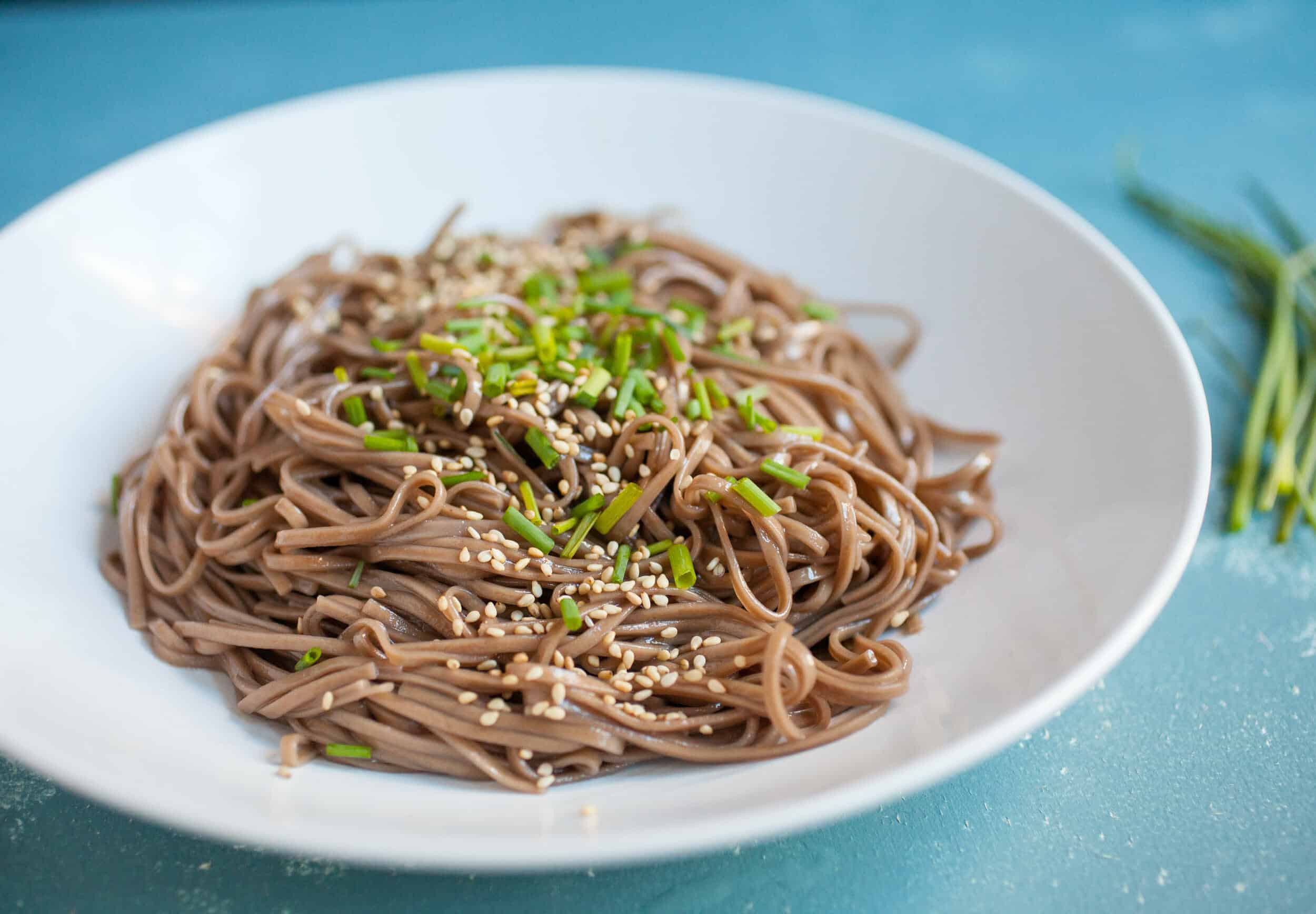
Soba noodles are buckwheat flour-based Japanese noodles. They have a lighter to darker brown color and are thinner and shorter than spaghetti noodles. Soba noodles have a somewhat gritty texture and a distinct earthy nutty flavor.
Buckwheat is a grain that does not contain gluten. As a result, these noodles are an excellent choice for gluten-intolerant persons or prefer not to consume gluten. Always read the ingredients when purchasing soba noodles. Make sure they’re made entirely of buckwheat (Juwari Soba).
Soba noodles are created from a combination of buckwheat and wheat flour. Soba noodles’ shape, flavor, preparation, and presentation vary by area. You can use numerous substitutions if you can’t locate soba noodles in your shop or if you want to try a different flavor.
Udon, ramen, whole wheat spaghetti, and somen noodles are all acceptable options. You may also prepare soba noodles from scratch. Let’s look over these alternatives in more detail.
Substitutes for Soba Noodle
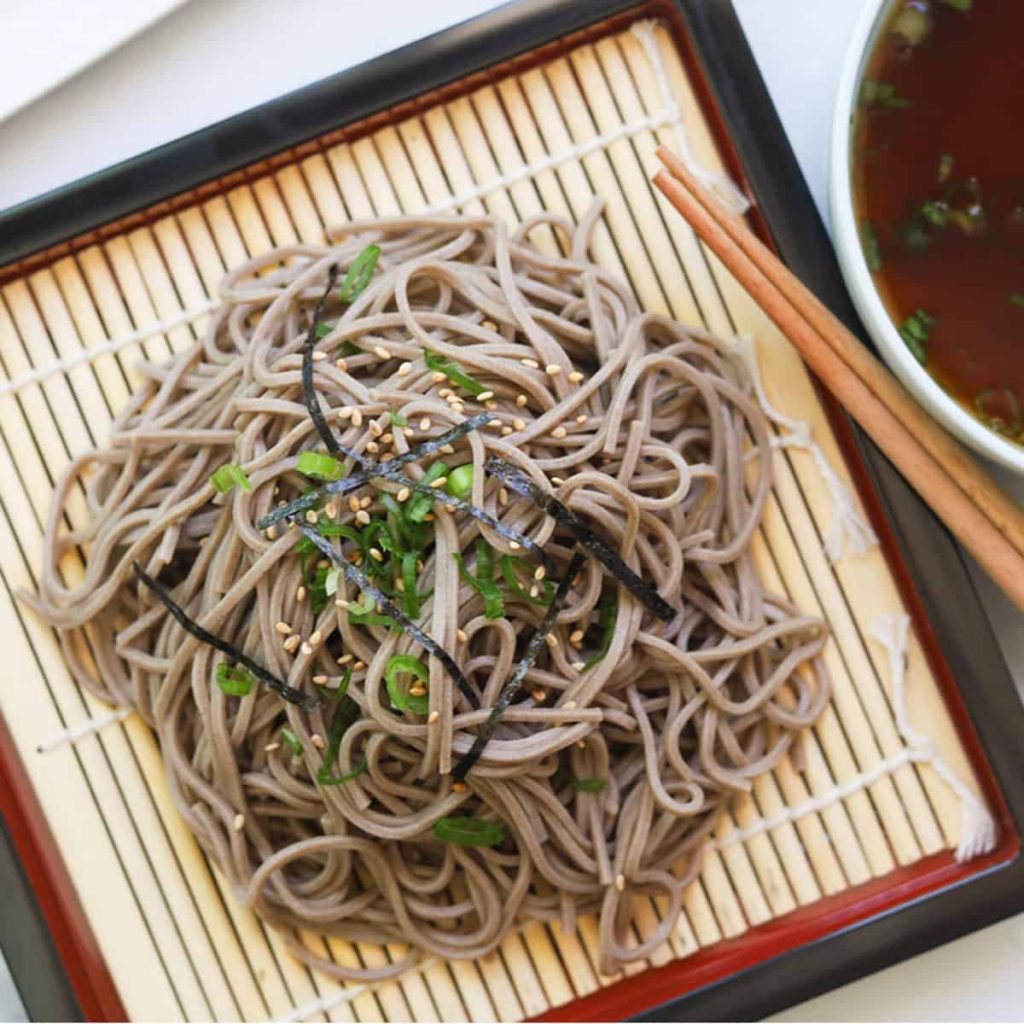
Buckwheat flour, a healthy alternative to wheat flour, is used in soba noodles. Minerals, fiber, proteins, carbs, and vitamins are abundant in this fruit. It’s recommended to eat soba noodles with a primary dressing if you want to appreciate their flavor—alternatively, a light soup.
Gluten-free buckwheat flour noodles are easily breakable. Wheat flour is used to improve the texture of the dish. Hachi-wari soba is a soba noodle made with 80% buckwheat flour and 20% wheat flour. Green tea powder, wild yam, seaweed, and ume plum are some of the other ingredients found in them.
The color and flavor may vary depending on the components. They’re available dried, frozen, or fresh in Japanese or Asian markets.
They can be served cold or hot. Set aside a bowl of cold soba noodles with dipping sauce. You can serve hot soba noodles in a bowl of hot broth if you wish.
Try the following substitutions if you don’t have these noodles on hand. They come in a variety of tastes, colors, and substances. However, if you don’t have soba noodles on hand, they work well as an alternative.
1. Spaghetti made with whole wheat.

Whole-grain flour is used in the making of whole-grain spaghetti. They also have a firmer texture than conventional wheat-flour spaghetti.
This spaghetti boasts more vitamins, minerals, and fiber than soba noodles. It works well as an alternative for soba noodles. They have similar nutritional values. As a result, you can utilize them interchangeably.
2. Udon noodle soup

Wheat flour, salt, and water are combined to make udon noodles. Compared to soba noodles, these noodles have a brighter color and a thicker, creamier texture. You can serve them in a curry sauce or noodle soup in a broth.
They’re also good deep-fried or in stir-fries with vegetables and meat. They have a pleasant flavor. And it absorbs the tastes of the other items in the recipe quickly.
3. Somen Noodles
Somen noodles are thin, and they’re typically eaten cold with a dipping sauce. They do, however, work in hot soups as well. Wheat flour, water, and oil are used to create them. With chopped scallions and grated ginger, somen noodles are delicious.
4. Ramen Noodles
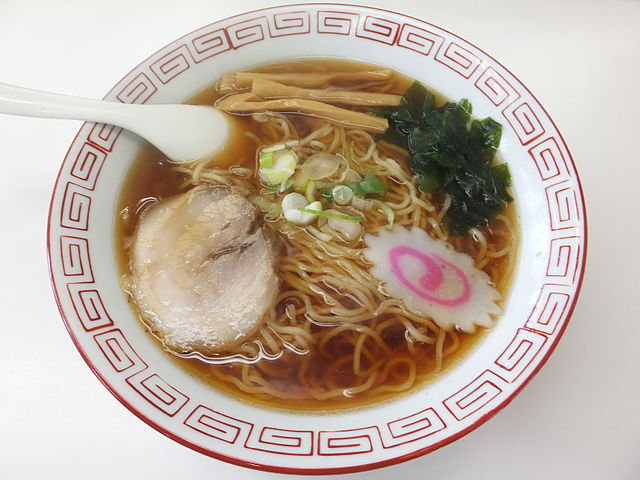
Ramen is a dried wheat flour noodle made with water, salt, and kansui (alkaline water). These components give the noodles a yellow tint and make them more rigid and stretchy.
Eggs can be found in some types of ramen noodles. They’re great in stir-fries, salads, soups, and broths made with various veggies and meat. In Asian marketplaces, you can buy it fresh or dried.
5. Yakisoba (Japanese noodle)
Wheat flour is used to make yakisoba. It’s a stir-fry dish that’s highly similar to ramen. They’re delicious with cabbage, pork, carrots, onions, salt, pepper, and yakisoba sauce. Pickled ginger, seaweed powder, and fish flakes are other garnishes.
6. Noodles made of rice
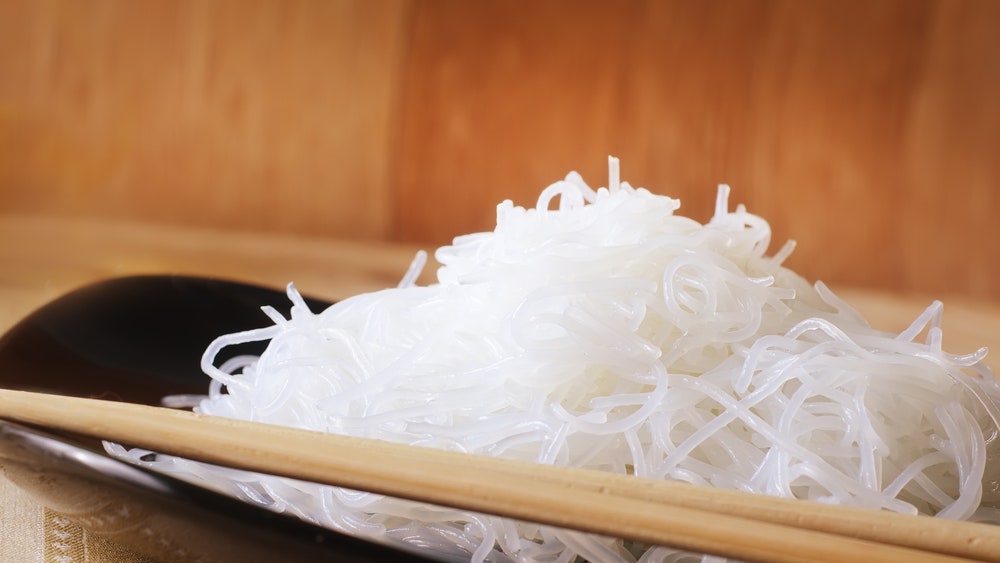
Rice flour and water are combined to make rice noodles. Rice noodles are available in three different forms: fresh, dried, and frozen. Stir-fries, broths, soups, and as a basis for meats and fish are all great uses for them.
They’re easy to make. They have a mild flavor that can overpower the flavors of the ingredients you use to cook with. Cook them for a few minutes in boiling water before combining them with your favorite veggie. Alternatively, you might have beef with a sauce.
7. Noodles made with kelp
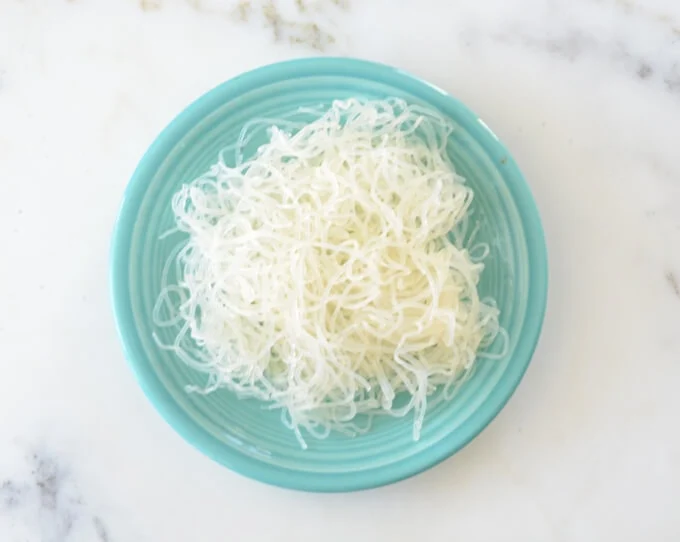
Kelp is ocean-based algal seaweed. They’re steamed, and the kelp noodles’ texture comes from their extract, which is jelly-like. These noodles are a healthy choice for gluten-free, low-calorie, and high-in-vitamins and minerals.
They have a crunchy texture and a salty umami taste. Stir-fries, soups, salads, and vegetable meals can all benefit from them. They’re a terrific alternative to soba noodles because they’re both healthy for your health.
8. Soba noodles prepared from scratch
Soba noodles can be produced at home. One cup buckwheat flour, 140 milliliters of boiling water, and 1/2 spelled flour are all you need. To produce a dough:
- Combine all of the ingredients and knead them together.
- If necessary, add more flour or water.
- Cut the noodles after flattening and rolling the dough.
Cook the noodles for one minute in salted boiling water. Rinse well with cold water. Drain them, and you’ve got yourself some soba noodles. Toss your noodles with whatever you want.
If you have a gluten allergy, avoid spelt flour because it includes gluten. Only use buckwheat flour. Alternatively, use gluten-free flour such as almond or oat flour.
Questions Associated With
Instead of soba, may I use udon noodles?
In place of soba, you can use udon noodles. However, unlike soba noodles, they are produced from wheat flour rather than buckwheat.
Is ramen the same as soba noodles?
Ramen noodles are not the same as soba noodles. Buckwheat flour is in soba noodles. On the other hand, wheat flour is used in ramen noodles.
Soba noodles are a type of noodle that can be found in various shapes and sizes.
Japanese buckwheat flour noodles are known as soba noodles. Wheat noodles can be replaced with these healthy alternatives.
Lastly,
Soba noodles are a nutritious item that may be used even if gluten-free. If you can’t locate them in your store, some of these substitutions may be an acceptable alternative.











